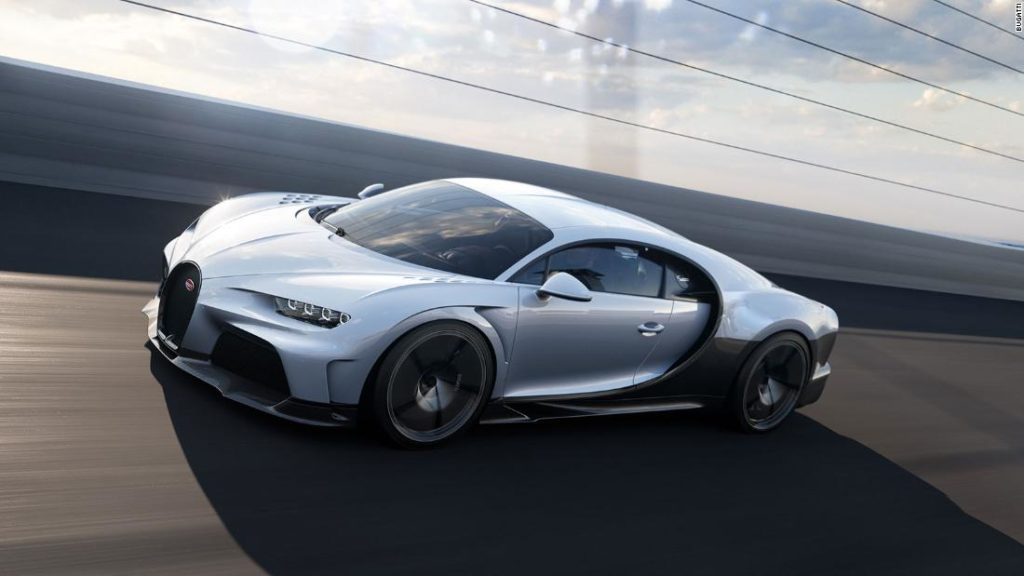Bugatti-Rimac will be based in Zagreb, Croatia, not far from Rimac’s current headquarters. Bugatti, meanwhile, will continue to build cars in its current home of Molsheim, France, according to an announcement from Porsche. It will continue to operate as a separate car brand although Bugatti and Rimac will jointly develop new Bugatti models, the announcement said.
Porsche began investing in Rimac Automobili in 2018 and now owns a 24% stake in the company. Porsche will directly own 45% of Bugatti-Rimac while Rimac will hold the remaining 55% stake. Bugatti is being transferred to the new joint venture by its parent company, Volkswagen Group.
“We are combining Bugatti’s strong expertise in the hypercar business with Rimac’s tremendous innovative strength in the highly promising field of electric mobility,” Porsche Chairman Oliver Blume said in the announcement.
Rimac, on the other hand, was founded by then-21-year-old Mate Rimac in 2009. It has developed electric cars like the 1,224-horsepower Rimac Concept_One, of which only a few were made, and the new $2.4 million 1,900-horsepower Rimac Nevera, the company’s first production model. Until now, Rimac has mostly specialized in electric powertrain and battery development. It has counted Jaguar, Aston Martin, and the Swedish supercar maker Koenigsegg among its clients. Rimac is also supplying the engineering for the $2 million Pininfarina electric supercar being created by the Italian firm once famous for designing Ferraris. Rimac will continue to operate a separate division, Rimac Technology, that will continue this sort of development and engineering work for outside companies.
The joint venture with Rimac does not mean that Bugatti will produce only electric cars, Mate Rimac said, although there will be some electric vehicles Bugatti’s in the near future. Mate Rimac indicated that the Chiron’s successor model, Bugatti’s next high-performance supercar, will likely be a hybrid.
Bugatti’s line-up could be expanded to include other models that aren’t high-performance supercars, though and those vehicles could be fully electric.
In the longer term, Bugatti could produce electric hypercars like Rimac’s, Mate Rimac said, but, even then, the brands will be distinctive with Rimac focused primarily on performance and Bugatti more on craftsmanship and style.
Mate Rimac will be the chief executive of Bugatti-Rimac. Two Porsche executives, including Blume, will have board seats at Bugatti-Rimac. The company is expected to be established by the end of the year.
You may also like
-
Afghanistan: Civilian casualties hit record high amid US withdrawal, UN says
-
How Taiwan is trying to defend against a cyber ‘World War III’
-
Pandemic travel news this week: Quarantine escapes and airplane disguises
-
Why would anyone trust Brexit Britain again?
-
Black fungus: A second crisis is killing survivors of India’s worst Covid wave

